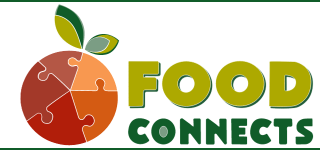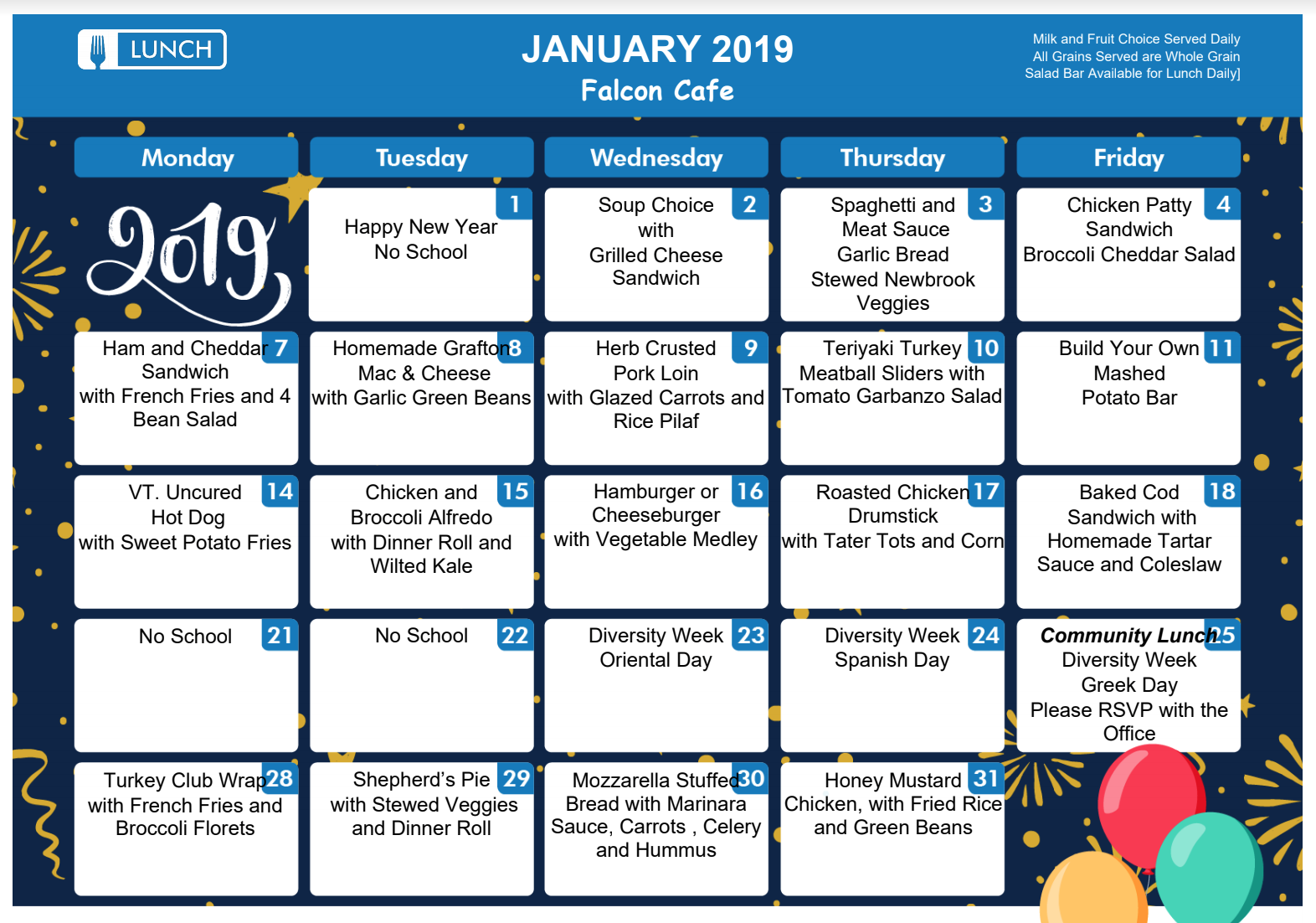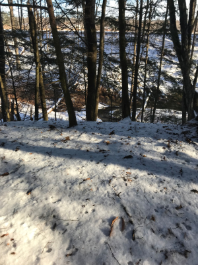Green Street School and Yalla VT began an exciting partnership last fall. Thanks to the initiative of Tara Gordon, Green Street School’s new garden coordinator, students in kindergarten, first, and fourth grade are growing fresh cilantro for this locally owned Mediterranean restaurant on Main Street in Brattleboro. The herbs are grown in three indoor classroom grow stands. So far the students have successfully grown, harvested, and supplied Yalla with one flavorful crop of cilantro which Yalla traded for some of their fresh pita bread and cilantro spread that the kids enjoyed as a yummy in school snack.
This project has provided many learning opportunities so far for Tara and her students. They began by seeding both parsley and cilantro, which make a great duo because they are close relatives—they are part of the same plant family—with some similar overlapping properties, and both are native to the middle east. To launch the project, Tara brought in fresh cilantro, parsley leaves, and cilantro seeds for students to taste test. Just realizing that both the leaves (cilantro) and seeds (cumin) of the same plant have different names was exciting! The classes learned health benefits and interesting plant properties of these herbs, plant morphology and life cycle, germination and growth requirements, and how Yalla may be using them in their menus. The kids loved knowing that they were growing herbs for a real live restaurant! Unfortunately the parsley did not germinate, which was a learning experience in itself, so they decided to focus on growing cilantro.
The second full batch of cilantro is now underway—it germinated and sprouted over February vacation. The students are refining their growing techniques, and this time around, rather than using the 6 cell packs, they decided to plant in larger rectangular plastic flats which will not dry out as quickly. Tara says, “with time and experimentation we would like to increase our growing capacity with alternating seeding for continuous harvesting while speeding up growth. Yalla would certainly like to buy from us, which could work out well once our productivity increases.”
This project encourages students to place value in nurturing plants while they learn ways to make the project more sustainable by developing plant cultivation skills, as well as business and production skills. It really is a community enrichment program where Green Street students are learning how to grow a mutually beneficial relationship with a local business. Yalla’s owner Zohar Arama says, “We’re investing in a new generation at Green Street School and it’s fun to work with them! We’re thrilled to keep this collaboration going with the community.”




















